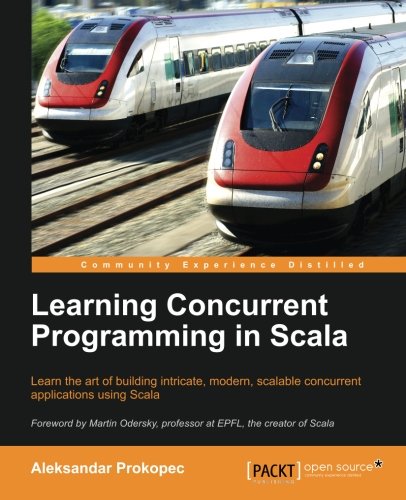

Most ebook files are in PDF format, so you can easily read them using various software such as Foxit Reader or directly on the Google Chrome browser.
Some ebook files are released by publishers in other formats such as .awz, .mobi, .epub, .fb2, etc. You may need to install specific software to read these formats on mobile/PC, such as Calibre.
Please read the tutorial at this link: https://ebookbell.com/faq
We offer FREE conversion to the popular formats you request; however, this may take some time. Therefore, right after payment, please email us, and we will try to provide the service as quickly as possible.
For some exceptional file formats or broken links (if any), please refrain from opening any disputes. Instead, email us first, and we will try to assist within a maximum of 6 hours.
EbookBell Team

4.8
54 reviewsLearn the art of building intricate, modern, scalable concurrent applications using Scala
About This BookThis book is a must-have tutorial for software developers aiming to write concurrent programs in Scala, or broaden their existing knowledge of concurrency.
This book is intended for Scala programmers that have no prior knowledge about concurrent programming, as well as those seeking to broaden their existing knowledge about concurrency. Basic knowledge of the Scala programming language will be helpful. Readers with a solid knowledge in another programming language, such as Java, should find this book easily accessible.
In DetailThis book will give you an insight into the best practices necessary to build concurrent programs in Scala using modern, high-level concurrency libraries. It starts by introducing you to the foundations of concurrent programming on the JVM, outlining the basics of the Java Memory Model, and then shows some of the classic building blocks of concurrency, such as the atomic variables, thread pools, and concurrent data structures, along with the caveats of traditional concurrency. It then walks you through different high-level concurrency abstractions, each tailored toward a specific class of programming tasks. Finally, the book presents an overview of when to use which concurrency library and demonstrates how they all work together.